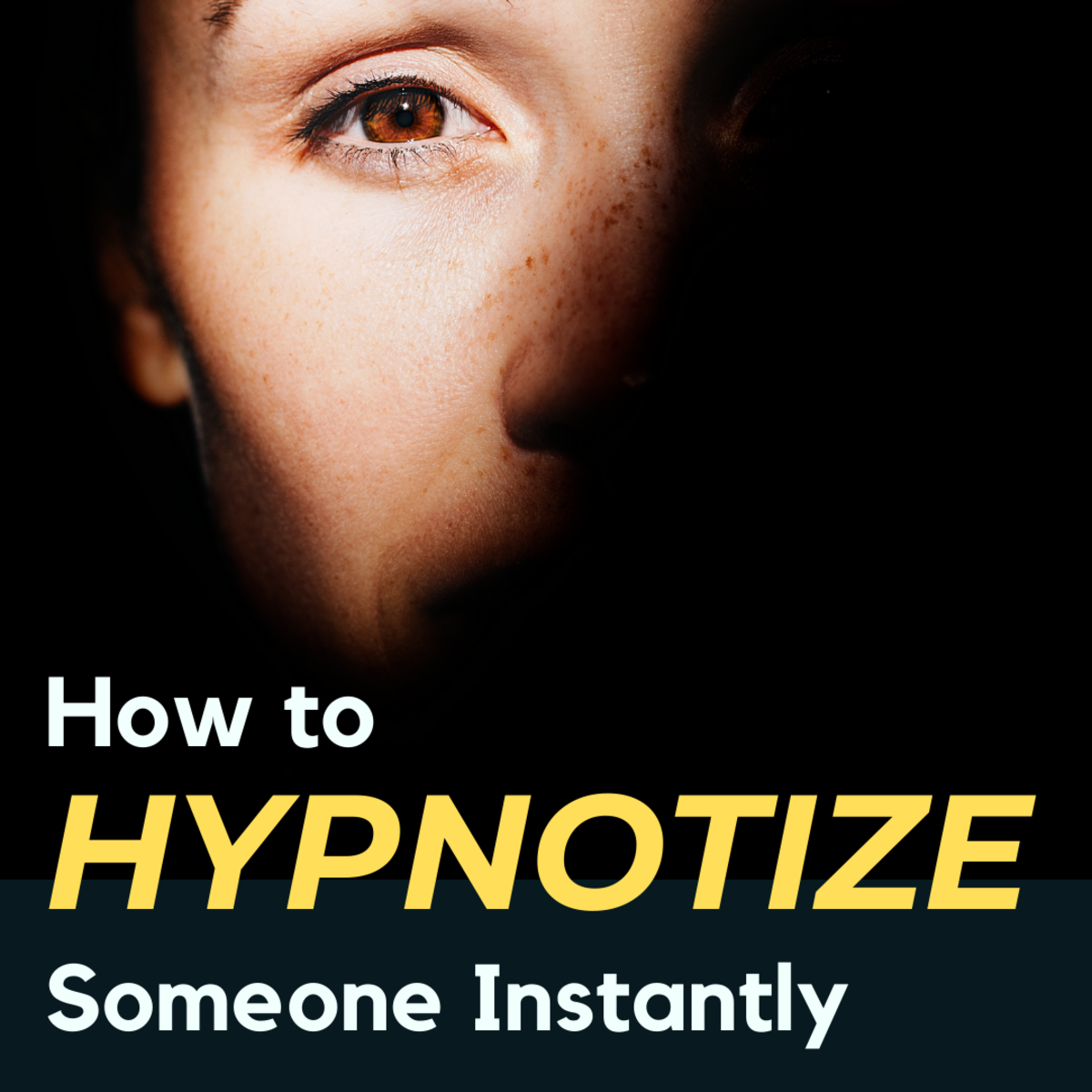Looking for Psychological diagnoses to explain tragedies

The old expression, “Curious people want to know” captures the sentiment of many people. It seems that whenever a tragic event occurs, people want fast answers. Among the fast answers, you may want fast explanations as well. You may want a psychological diagnosis and explanation on demand. When you make armchair diagnosis on people based on tragic incident, there is a tendency to label people. Somehow having a psychological diagnosis makes such situations understandable and explainable. Even though a psychological diagnosis provides some information, it is only part of the whole picture. When a shooter can be labeled as “crazy”, “insane” or has mood swings, a quick judgment is often made. Even when a shooter has a psychological diagnosis, it means little, if their condition is controlled through medications.
Part of what makes tragedies hard to come to grips with is that there are no quick and easy explanations. When you can put labels and diagnoses, you assume that there is a reason and explanation for what happened. The labels and diagnoses often provide accurate descriptions of what is occurring. Although they describe what is occurring, and may be accurate in those descriptions, the diagnosis and labels do not explain what is happening or why it is occurring. The descriptions are an attempt at ‘quick fixes’ rather than understanding the reason for what actually occurred. When there is a quick fix, the mind often quits looking for answers. With tragic shootings, people often want to know who the shooter was before they even know many of the other important details. Apprehending the shooter somehow brings closure to the situation. By apprehending the shooter and then giving them a diagnosis, you have a plausible explanation. When the plausible explanation is announced, the public often treats the events as ‘closed’. Since people are looking for answers, they often grasp the first plausible explanation rather than searching out the facts and fully understanding what happened. This often occurs when people attack guns and gun laws rather than exploring the many underlying factors behind the event.
With shootings, there are many factors that could be important. The date of the incident, location, and target could each be important in understanding what happened. You may also need to know if there were issues like medical conditions, what kind of relationship the shooter had with the victims, what the religious and political views of the shooter were, and what medical conditions they were being treated for. The shooter may have been exposed to toxic substances or been drugged by other parties or accidental overdose. There are many things to consider. With such events, like shootings, you want meaning that you can attach to what happened. When there is not closure, there are difficulties in finding out meaning is behind what happened. Facts are assembled and interpreted like jigsaw puzzle pieces in order to make sense out of the events.
You may wonder “Why”. Why-type questions look for explanations. Those explanations, often look at the past. These questions often look for who or what to blame. They look at the causes which underscored the event. We often look for the ‘Why” thinking that if we have an answer to the question, it will somehow make sense of things. The answers to why do not remove guilt, they do not keep such events from happening again they do not comfort the victims families. Answering the ‘why’ question does not end the episode. In most cases, those answers are the start of beginning or understanding.
Articles on recent shootings
- Genesis Communications Network GCN News Was the Gabrielle Giffords shooting a “Made For TV
GCN: The Genesis Communications Network. GCNLive Talk Radio - Listen Live: On Air, Online, On Demand & Mobile! - Colorado Batman shooting shows obvious signs of being staged | Power Elite
- Shooting at Sikh temple: who benefits big-time?









